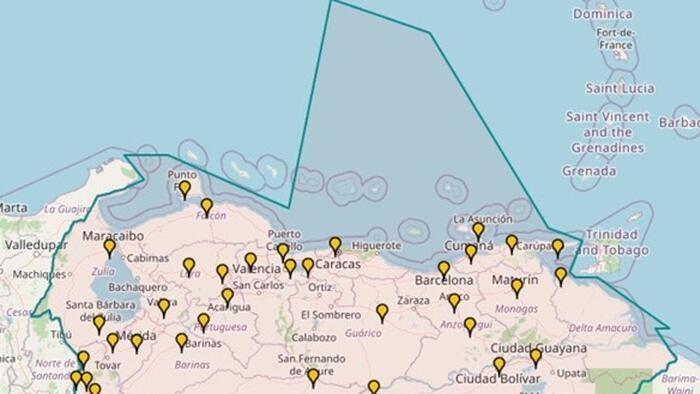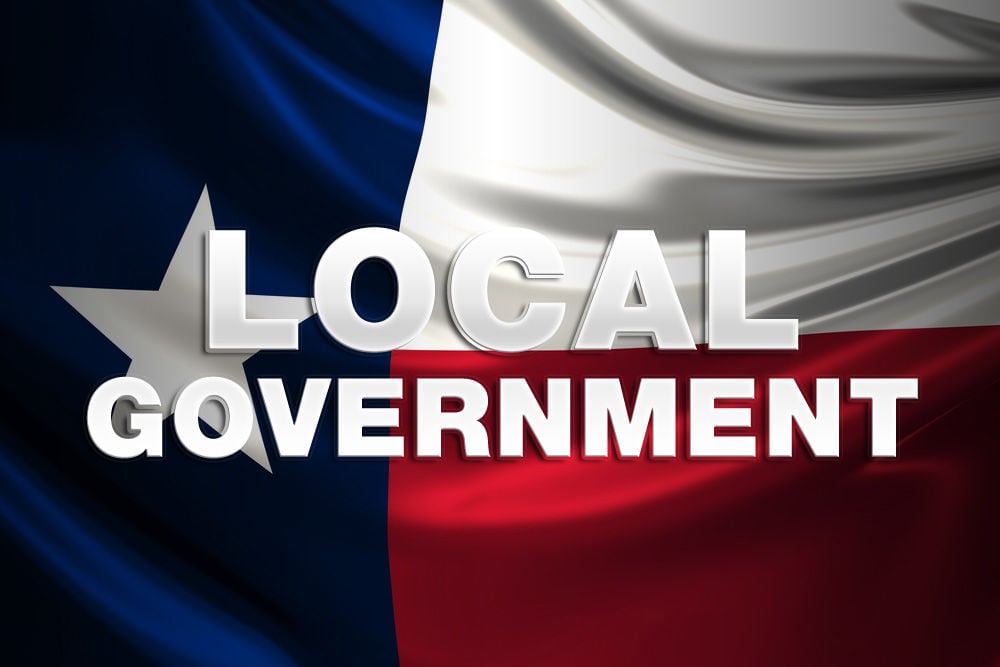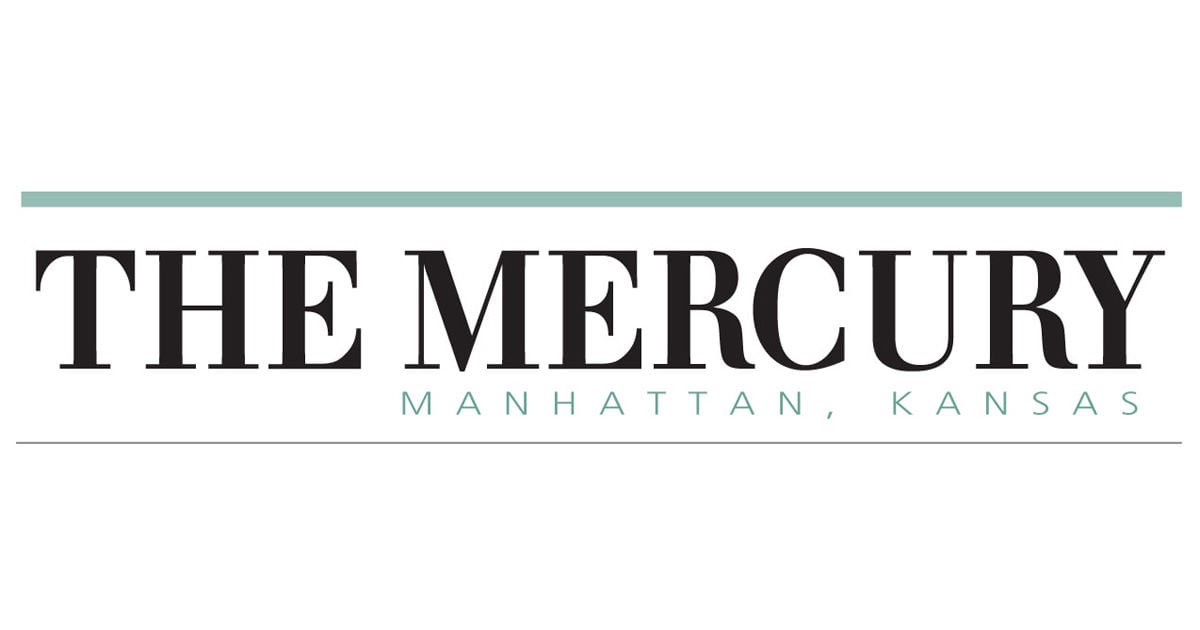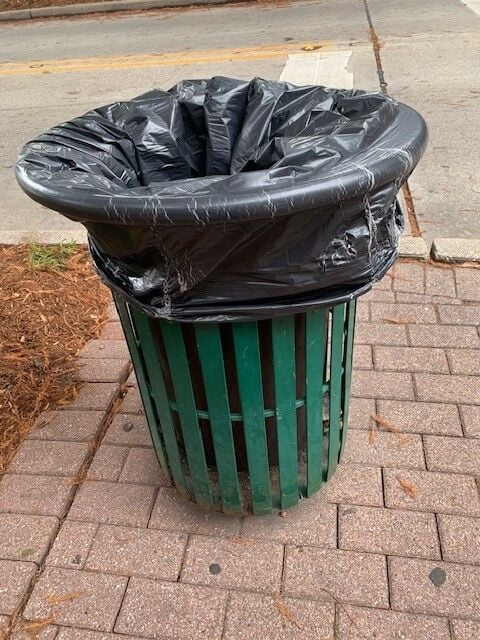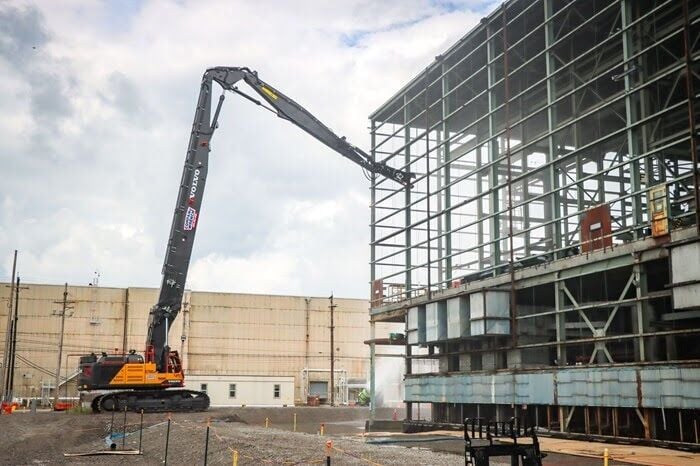The Environmental Protection Agency’s new drinking water standard for six so-called forever chemicals could cost Washington’s public water utilities a staggering $1.6 billion, according to state officials. The regulation marks a significant federal intervention aimed at curbing PFAS contamination in local water supplies.
Washington state’s public water systems would need $1.6 billion for initial PFAS cleanup, state officials say
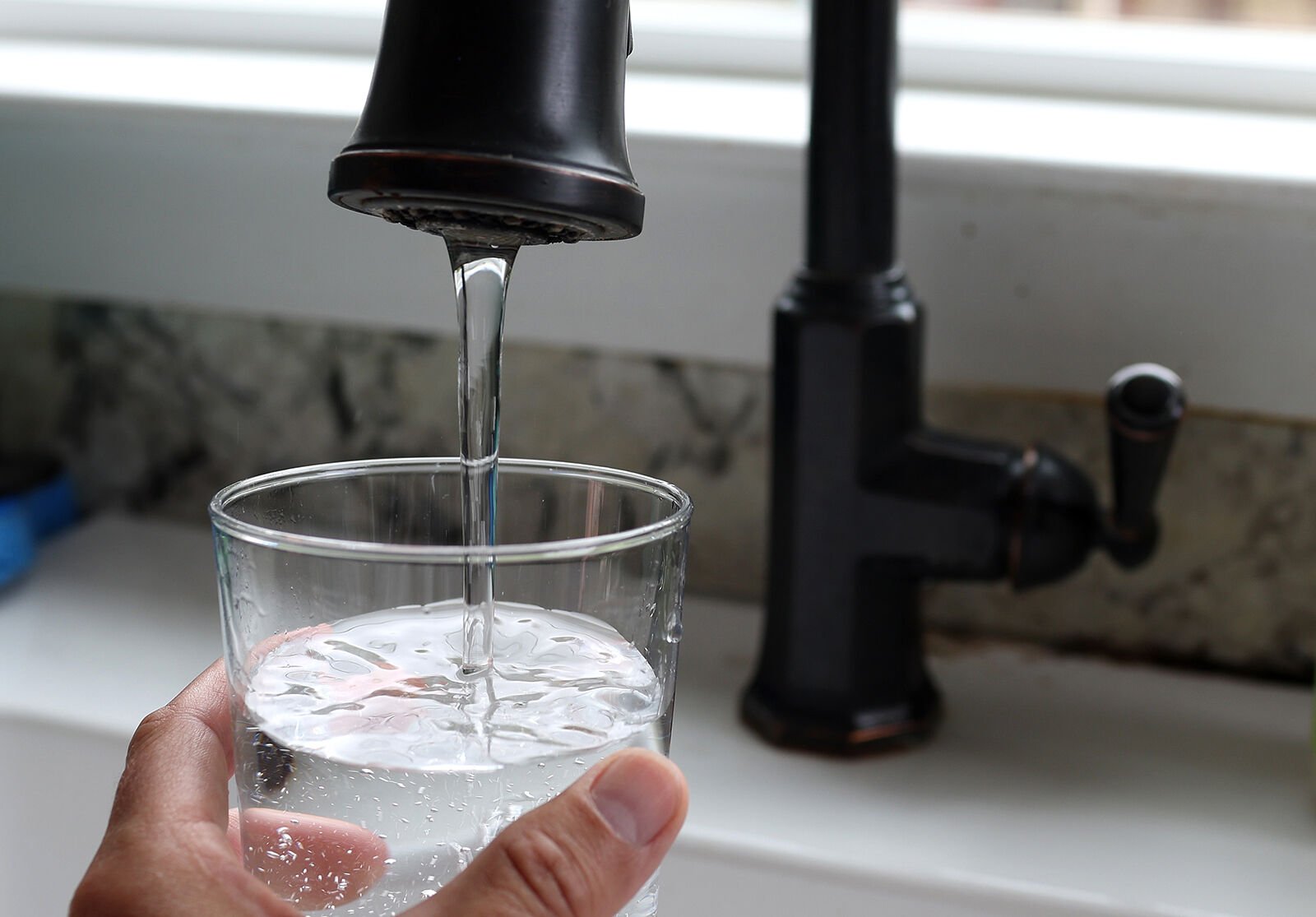
Key Takeaways:
- EPA’s first national PFAS drinking water standard targets six “forever chemicals.”
- Washington faces an estimated $1.6 billion tab to meet the new requirements.
- Officials cite the extreme persistence of these chemicals in the environment as a primary concern.
- The rule carries legally enforceable limits for water providers.
- The announcement underscores renewed federal focus on regulating contaminants.
Introduction
The Environmental Protection Agency has introduced its first national drinking water standard for six chemicals often referred to as “forever chemicals.” This move is aimed at limiting PFAS—compounds recognized for their persistence in water and the human body—to protect public health. Yet, for Washington state, it comes with a steep price.
What Are Forever Chemicals?
Sometimes called PFAS, these substances are known for their ability to linger in the environment. According to the announcement referenced Wednesday, the new EPA standard seeks to cap these chemicals at levels deemed safe, creating a legally enforceable rule that water providers must follow.
The Financial Burden for Washington
State officials estimate that the cost to carry out the necessary PFAS cleanup for Washington’s public water systems will reach $1.6 billion. This figure reflects initial infrastructure updates and the ongoing effort needed to comply with the EPA’s requirements.
Nationwide Implications
Although Washington is one of the states drawing attention to the cost of implementing the EPA’s directive, the new rule applies nationwide. All water utilities across the United States will be expected to meet the legally binding standards, signaling a new era of federal oversight on PFAS pollution.
Conclusion
With an estimated $1.6 billion price tag for Washington alone, the path to safer water is laden with financial hurdles. The EPA’s first national standard underscores the significance of addressing PFAS contamination and highlights a growing urgency to tackle so-called forever chemicals. As the regulation takes effect, public water systems statewide—and nationwide—face the challenge of balancing environmental protection with practical and financial realities.
